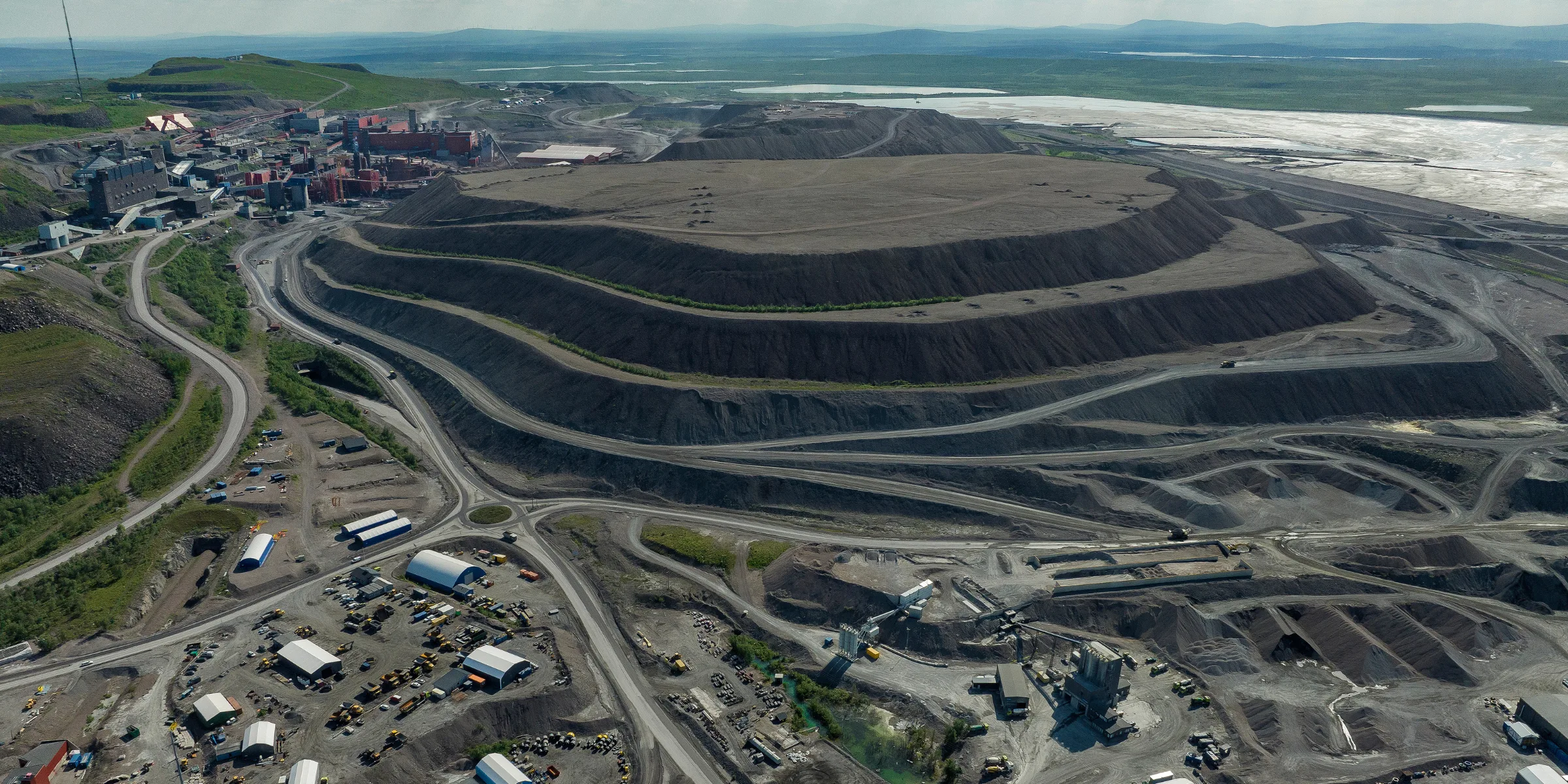How water-powered drilling revolutionises mining and construction
Drilling technology plays a central role in the progress of mining and construction. Whether it’s tunnelling through hard rock, stabilising foundations, or accessing deep ore bodies, efficiency and precision are essential. Over the years, air-powered hammers and traditional drilling methods have dominated the industry. But a newer approach – water-powered drilling – is changing the game.
At Wassara, we specialise in water-powered down the hole (DTH) drilling systems designed to optimise performance across mining and construction. By using high-pressure water instead of compressed air to power the hammer, our technology delivers greater accuracy, lower energy consumption, and added environmental benefits. Here’s how water-powered drilling is revolutionising the way projects are carried out.
1. Greater precision and control
Traditional drilling methods often generate vibrations and deviations, making it difficult to maintain accuracy. With water-powered drilling, the hydraulic energy is transferred directly to the hammer, providing smoother operation and straighter boreholes.
This precision is particularly important in construction drilling, where verticality and alignment are crucial for piling, foundations, and anchoring. In mining, straighter holes improve blasting outcomes, reduce overbreak, and minimise wasted energy. Fewer deviations mean fewer corrective measures, less downtime, and higher-quality results.
The outcome is not just technical accuracy but also significant cost savings across large-scale drilling projects.

2. Improved working conditions
Dust and airborne particles are a common challenge with conventional drilling. By replacing compressed air with high-pressure water, water-powered drilling significantly reduces dust emissions and improves the working environment for operators.
Cleaner drilling conditions mean safer worksites, particularly in underground mining projects where ventilation is limited. Lower dust levels also help maintain visibility, making it easier for crews to work efficiently and safely.
The water also cools and lubricates the drill bit during operation, reducing tool wear and extending service life. For construction contractors and mining companies, this translates into lower equipment costs and fewer interruptions due to tool replacement.
3. Energy efficiency and lower operational costs
Air compressors used in conventional DTH drilling require large amounts of energy to operate. Water-powered drilling eliminates the need for such compressors, reducing energy demand and lowering overall operating costs.
In mining and construction, where projects often run for months or years, these efficiency gains make a measurable difference. Fewer equipment requirements also simplify logistics, especially in remote or underground sites.
In practice, this means lower fuel consumption, reduced maintenance for heavy equipment, and a smaller fleet required on-site – all of which support more efficient project delivery.
4. Environmental advantages
Water-powered drilling brings significant eco benefits compared to air-driven systems. Reduced dust, lower noise levels, and decreased energy use all contribute to a smaller environmental footprint.
In sensitive environments, such as urban construction sites or ecologically protected areas, water-powered systems help meet strict environmental standards while still achieving high drilling performance.
Additionally, because water is the flushing medium, cuttings are carried away more effectively, reducing contamination and improving hole cleanliness. This not only enhances drilling performance but also supports environmentally responsible project execution.
For mining companies under increasing pressure to demonstrate sustainable practices, and for construction firms working in regulated urban zones, these advantages provide both compliance and reputational benefits.

5. Versatility across mining and construction
One of the biggest advantages of water-powered drilling is its adaptability. The same system can be applied in both mining and construction drilling:
- Mining applications: Deep-hole drilling for production blasting, raise boring, exploration drilling, and underground development.
- Construction applications: Piling, anchoring, foundation drilling, and tunnelling in challenging ground conditions.
Because water-powered hammers deliver straight holes with minimal deviation, they are especially valuable for projects requiring long, accurate drilling in hard rock. This versatility allows contractors and mining operators to use the same technology across multiple stages of a project, streamlining training, equipment use, and maintenance.
6. Safety improvements
Safety is always a top priority in drilling operations. Water-powered drilling reduces risks associated with dust inhalation, airborne contaminants, and high noise levels. The elimination of large air compressors also lowers the risk of equipment-related incidents.
For underground mining in particular, fewer compressors mean less machinery crowding confined spaces, lowering the chance of accidents and simplifying ventilation requirements.
In construction environments, reduced dust and noise create safer conditions not only for workers but also for surrounding communities. A critical factor when working in densely populated urban areas.
7. Meeting future demands
We demands placed on both the mining and construction sectors are evolving. Projects are becoming larger, deeper, and more technically challenging, while at the same time, stakeholders are requiring higher safety standards and greater environmental accountability.
Water-powered drilling directly addresses these challenges. By delivering straighter holes, reducing dust and noise, lowering energy consumption, and supporting compliance with environmental standards, it positions operators to meet both today’s needs and tomorrow’s expectations.
For mining, this means more efficient ore extraction with less environmental impact. For construction, it means faster, cleaner foundation and tunnelling work in both rural and urban environments.
From mining operations to large-scale infrastructure projects, water-powered drilling is setting a new standard in performance and responsibility. By delivering greater precision, improved working conditions, lower energy use, and strong environmental benefits, this technology provides a forward-looking solution to some of the toughest challenges in drilling today.
To learn more about DTH drilling and how our water-powered solutions can support your next construction project, contact a Wassara representative. You can also follow us on LinkedIn for the latest case studies, technical insights, and updates on our construction drilling innovations.

